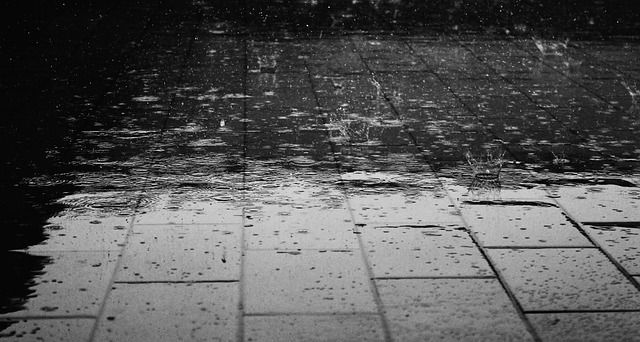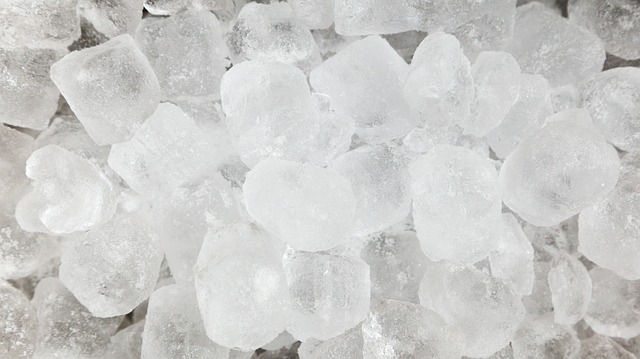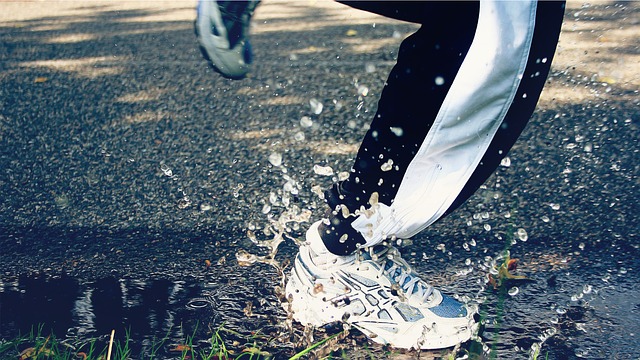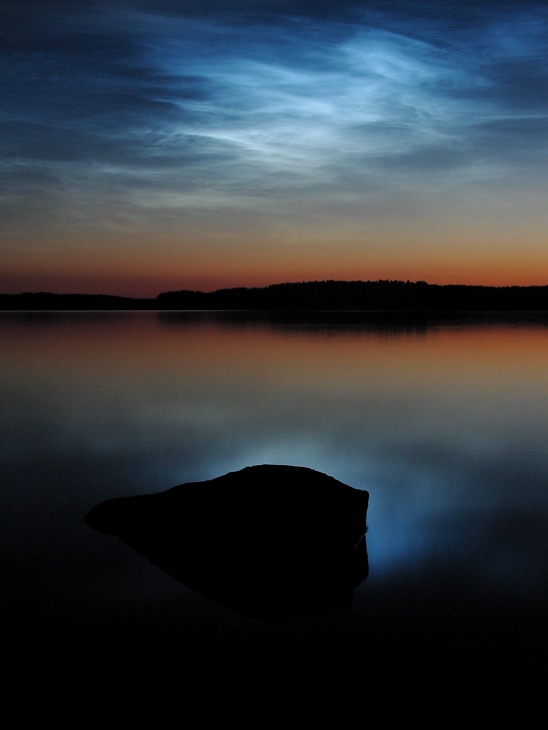Weather
Article curated by Ginny Smith
Weather affects all of us, every day, and yet there is still much we don't know about it. As well as trying to predict day-to-day weather, scientists hope to predict how it will change as the Earth warms – extremely difficult because of the number of interconnected factors, but vital if we want to keep safe in the face of extreme weather events.

How weather works


 2
2Another factor that is known to affect cloud formation is the presence of microbes. It is thought that a lower temperature is required to make ice if there are microbes in a cloud than if only dust is present. Scientists are now studying these microbes both in the lab and in the field, using weather balloons. Hopefully understanding the influence they have could transform our understanding of weather.

The Changing Climate
The climate is currently changing extremely rapidly, as greenhouse gas emissions cause the Earth to warm. However, the effects this is having on our weather systems, and how these might change in the future are extremely difficult to predict. The Earth is a very complex system, with a change in one variable often affecting many others. To complicate matters further, even if a rise in overall rainfall is predicted, this doesn't tell us what will happen locally. Researchers build computer models to try to predict these interconnected events, and many suggest that even if global rainfall increases, dry areas may actually become drier. Increased rainfall in other areas could also have devastating effects as floods become more common. It is vital that we try and improve predictions so we can prepare for and try to mitigate the effect of these extreme events.

 4
4
As well as changes in rainfall, more dramatic weather events seem to be being influenced by climate change. Hurricanes form over warm oceans, so as the temperature of our oceans increases it is likely they will become more frequent and/or more intense. In order to protect ourselves, we need to be able to predict the route of a hurricane and its likely future intensity. Forecasters have improved the accuracy with which they can predict the direction of hurricanes, but how they gather intensity is still far from understood. This is partly because of the difficulty in collecting data from a hurricane; the parts of interest are just too turbulent and dangerous to enter. Current devices cannot stay in the storm long enough to collect conclusive data; however, new technologies such as drones may help.


 3
3Although we know climate change is happening, it's hard to predict the effects, and even harder to determine the economic impact. Some have tried; a report for the European Commission's Joint Research Center (June 2014) finds that if global temperatures increase as expected, the economic costs could amount to $200 billion for the EU alone – a net welfare loss of 1.8% of the gross domestic product. How accurate is this number? We'll just have to wait to see...

 3
3Freak Weather Events
As well as everyday weather, there are various examples of very rare weather events that we don't fully understand. One of these is ball lightning; luminous spheres that appear during a thunderstorm, sometimes causing damage and death. Sightings of ball lightning are rare and often show inconsistencies, making them an unreliable source of data. Indeed, the phenomenon wasn't truly believed to exist until the 1960s! Ball lightning has now been replicated in a laboratory[1]. One method of doing this involves applying a voltage across a silicon substrate, causing it to evaporate and sometimes produce a fireball, while others use microwaves. Because natural occurrences are so rare and unpredictable, there is little data to go on to determine which method is most like what happens in nature. In 2012, however, researchers in China were recording when a storm took place with ball lightning. When a bolt of lightning hit the ground, a 5 metre wide glowing ball, lasting 1.6 seconds, rose upwards by 15 metres. The researchers used a spectrometer to determine the elements found in the ball lightning and showed it contained silicon, iron and calcium. This supports a theory that the balls are formed when chains of silicon particles burn. The silicon is released from silicon dioxide found in soil when it reacts with carbon (also from the soil). This theory has also allowed similar orbs to be produced in the lab, so is currently our best understanding of the phenomenon. However, as it is so rare, more information will be needed before we can say for definite why ball lightning occurs.

 2
2
Another question about lightning is what are its chemical consequences? Atmospheric chemists suspect lightning is the key source of NOx in the upper troposphere, the part of the atmosphere where weather happens. This is important because NOx influences the concentrations of ozone and hydroxyl radicals, and thus is a significant contributor to global climate. Best guesses suggest 2-20 teragrams of NOx is produced by lightning every year, but this is only a guess: we still don’t know how to measure lightning energy, nor how much nitrogen and oxygen transform to nitrogen oxides under that much energy.
Learn more about /lightning.


 3
3Another weird weather event is a glory. A glory describes a concentric ring of colours, looking like a circular rainbow. It's most often seen on a Brocken spectre – the projection of a magnified shadow that falls on clouds (water droplets) when they are below the observer with the sun behind them. Although it's similar to a rainbow, scientists think that the origin of the glory is different. Two current theories include(1) the Hendrik van de Hulst model involving surface wave interference between those taking long and short paths after entering droplets at different points and being internally reflected; and(2) the Herch Moyses Nussenzveig theory of classical wave tunnelling, which occurs when evanescent light waves travel both on the surface of a drop and inside it.


 2
2Even raindrops can behave strangely. Especially small raindrops, it seems, often fall through the air much faster than they should. It has been suggested that these “super-terminal” raindrops (ones traveling more than 30% faster than their terminal velocity) were fragments of larger drops that had splattered off the instruments recording them, with the smaller bits retaining the speed the larger drop had before it struck the instrument. However, research suggests they may be the result of natural processes – and that they even make up a substantial fraction of rainfall! We don't know why the drops fall so fast, but it's possible that they're fragments of broken-up larger drops. This would mean raindrops disintegrate far more often than we thought. Alternatively, it may be due to raindrops becoming unstable after collisions. Further studies are necessary.

 2
2Sailing stones
The mystery of the sailing stones turned out to be answered by an unusual set of weather events. In some regions on earth it has been observed that stones move across a valley floor leaving tracks behind them. The paths of these rocks are very curious, often suddenly changing direction. What caused the rocks to move and then to change course wasn't known for ages, until researchers finally recorded the rocks in action on the Racetrack Playa using time lapse digital cameras. They found that the rocks move after a very thin layer of ice forms on the surface, starts to melt from below, and causes the rocks to slide, leaving tracks. Researchers are now investigating how fast they can move, and trying to predict how often the phenomenon can occur!

Migration
We know migration in birds is often triggered by colder or warmer temperatures, but we don't know how they tell the difference between a cold spell, night time, or the start of winter! Or why whole colonies are triggered together. Biologists have focussed on working out how birds navigate and which birds use landmarks like rivers and roads versus magnetic field lines of the earth, so not much time nor effort has gone into the biochemistry that happens when they're triggered to move, such as how connections in the brain are fired.



This article was written by the Things We Don’t Know editorial team, with contributions from Ed Trollope, Johanna Blee, Grace Mason-Jarrett, Rowena Fletcher-Wood, and Holly Godwin.
This article was first published on 2015-08-27 and was last updated on 2021-06-17.
References
why don’t all references have links?
[1] Dikhtyar, V., Jerby, E., (2006) Fireball Ejection from a Molten Hot Spot to Air by Localized Microwaves. Physical Review Letters 96(4). doi: 10.1103/PhysRevLett.96.045002.
Blog posts about weather



Recent weather News
Get customised news updates on your homepage by subscribing to articles













